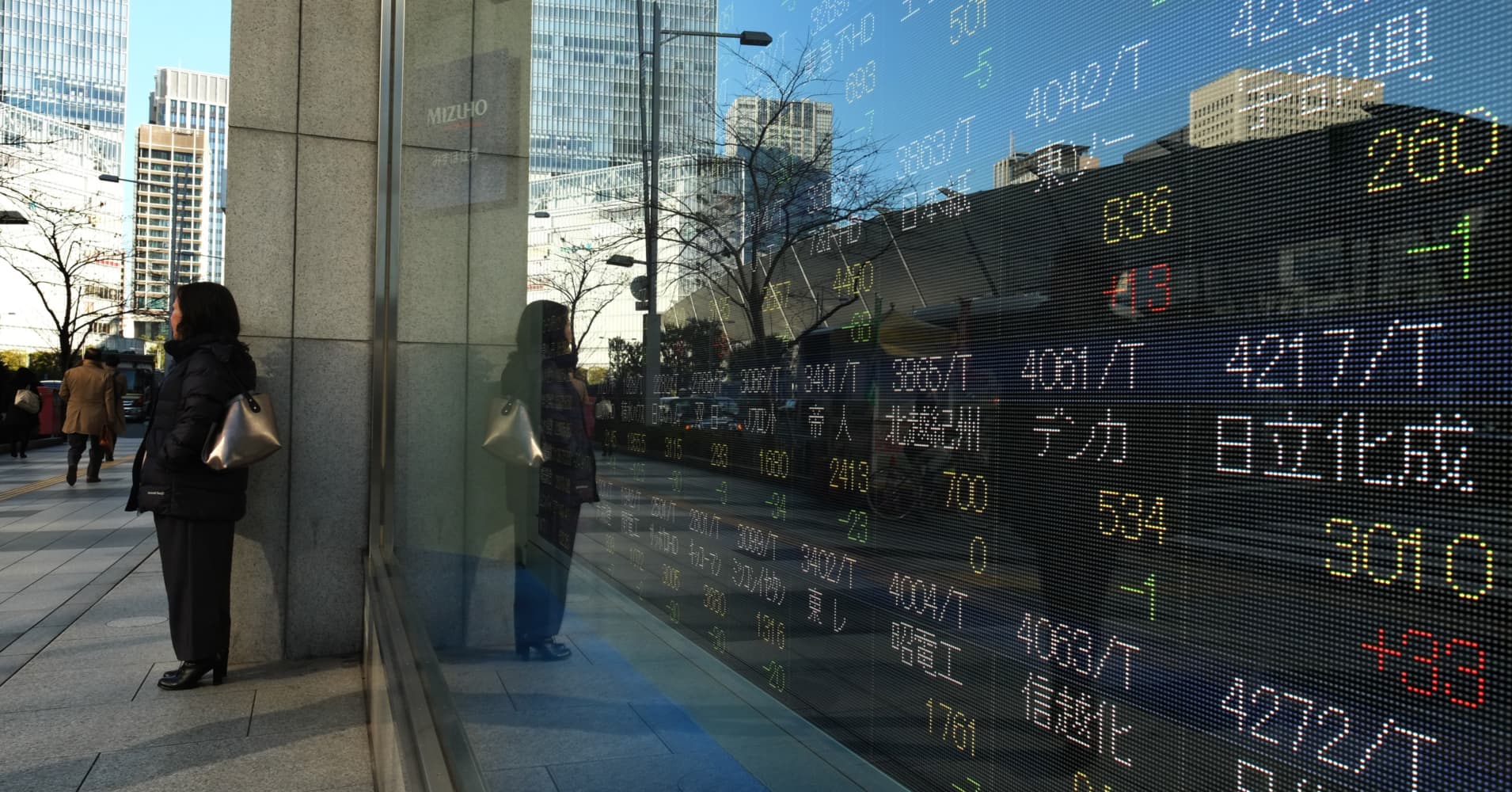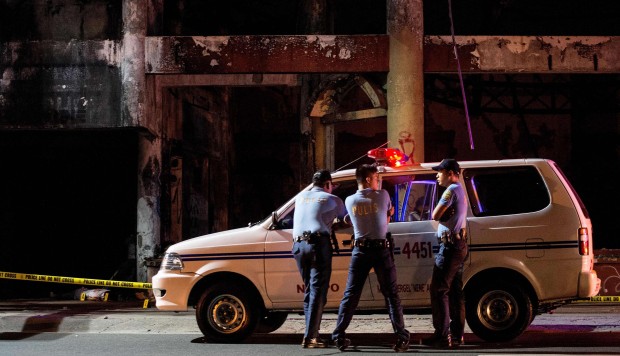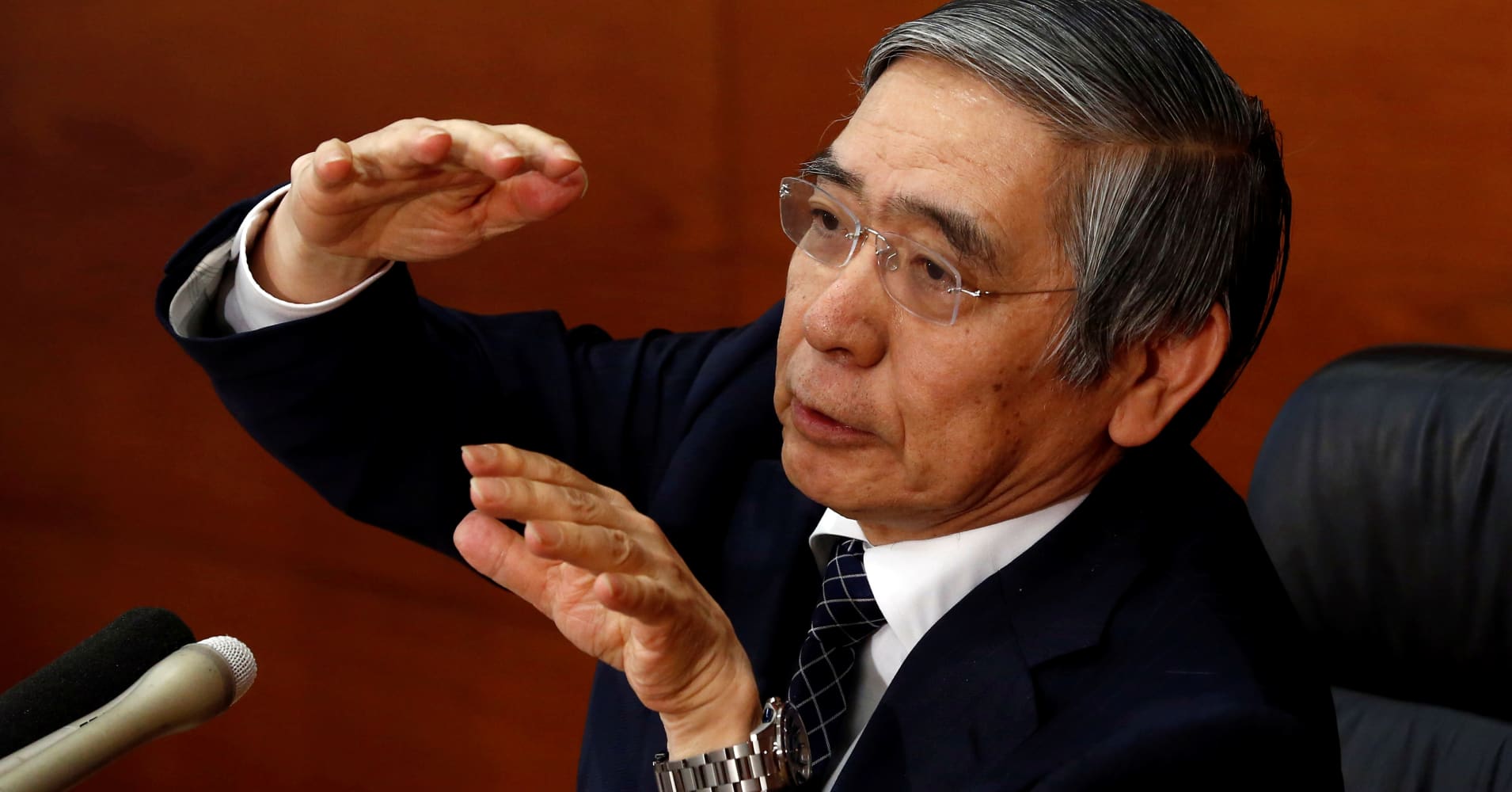South Korea to develop near-supersonic ‘train’ to beat maglevs — RT News
 “ We hope to create an ultra-fast train, which will travel inside a state-of-the-art low-pressure tube at lightning speeds, in the not-too-distant future,” a Korea Railroad Research Institute (KRRI) official told the Korea Times on Tuesday.
“ We hope to create an ultra-fast train, which will travel inside a state-of-the-art low-pressure tube at lightning speeds, in the not-too-distant future,” a Korea Railroad Research Institute (KRRI) official told the Korea Times on Tuesday.
He said the state-run institute will join forces with other research groups and Hanyang University to develop the new ground transport within the next three years, which would be able to travel from Seoul to Busan in half an hour, instead of the current time of three hours.
“ To that end, we will cooperate with associated institutes as well as Hanyang University to check the viability of various related technologies called the hyper-tube format over the next three years, ” the official said, noting the bold initiative will enable South Korea to take its place among countries “ competing in futuristic technology.”
Hyper-tube technology, mentioned by the official as one of the formats the new project will be based on, is a mode of passenger and freight transportation that propels floating pod-like vehicles through tubes under a partial vacuum at speeds greater than a passenger jet – up to 800mph.
READ MORE: Space tourism breakthrough? China working on hypersonic spaceplane with horizontal takeoff
The technology was first proposed by Tesla Motors CEO Elon Musk, but now the open-source technology is being developed by a number of companies, university students, and independent engineers.
US-based Hyperloop took the lead last year by raising $80 million for development, and is currently working to make the futuristic mode of transportation a reality. In May last year, it conducted its first ever propulsion open air test in the Las Vegas desert along a half-mile track.
“ Many countries such as the United States, Canada, and China are competing to take the lead in this futuristic technology and we will also try to pre-empt our global rivals,” a KRRI official added.
“ The government has focused on interdisciplinary research and this will be the biggest effort we are working on to develop a representative future technology. ”
The KRRI noted that there are drawbacks to hyper-tube technology, stating it is vulnerable to engineering flaws. For instance, if the tube is damaged in a natural disaster or an explosion, the pods travelling through it would crash due to the loss in negative pressure, resulting – at the speeds the technology aims for – in tragedy. The Institute, however, plans to look for ways to overcome these challenges, the official told the news outlet.
If the development proves successful, it will be twice as fast as the fastest existing ground transport in the world – the magnetic levitation (maglev) train, which uses magnetic levitation to move the vehicle without contact with the ground. With magnetic levitation, the vehicle travels along a guide way using magnets which create lift and propulsion, reducing friction and allowing very high speeds. Maglev trains can travel at speeds of up to 500km per hour.
READ MORE: Hyperloop One to take on underwater transport
The first maglev in commercial operation was a low-speed shuttle that ran between the airport terminal of Birmingham International Airport and the nearby Birmingham International railway station between 1984 and 1995.
In December 2015, the first maglev train line construction was launched in Japan – it is set to be finished and ready for operation by 2027. In China, the Shanghai Maglev Train, or Shanghai Transrapid, is the third commercially operated high-speed magnetic levitation line in the world and is currently the fastest. Maglev trains cannot, however, compete with hyper-tube trains in speed – while both technologies have no friction, maglevs are significantly slowed by air resistance, while hyper-tubes travel in a vacuum and can attain speeds almost twice that of maglevs.
© Source: https://www.rt.com/news/374088-south-korea-supersonic-train/?utm_source=rss&utm_medium=rss&utm_campaign=RSS
All rights are reserved and belongs to a source media.


 Currency swings overnight weighed on Asian equities Monday, following President-elect Donald Trump’s jolting comments that the dollar is too strong, prompting the greenback to fall to a one-month low.
Currency swings overnight weighed on Asian equities Monday, following President-elect Donald Trump’s jolting comments that the dollar is too strong, prompting the greenback to fall to a one-month low. 
 The U. S. Army is slated to deploy 24 AH-64D Apache heavy attack helicopters to the Korean Peninsula to better deter military threats from North Korea, United States Forces Korea (USFK) announced in a January 8 statement.
The U. S. Army is slated to deploy 24 AH-64D Apache heavy attack helicopters to the Korean Peninsula to better deter military threats from North Korea, United States Forces Korea (USFK) announced in a January 8 statement. 
 MANILA — The wife of the abducted and murdered South Korean businessman, Jee Ick-joo, arrived at the National Bureau of Investigation (NBI) headquarters in Manila, before 5 p.m. on Wednesday , after government investigators confirmed the dumping of his remains in a funeral parlor and the illegal cremation of his body in another.
MANILA — The wife of the abducted and murdered South Korean businessman, Jee Ick-joo, arrived at the National Bureau of Investigation (NBI) headquarters in Manila, before 5 p.m. on Wednesday , after government investigators confirmed the dumping of his remains in a funeral parlor and the illegal cremation of his body in another. 
 The police force is widely regarded as one of the Philippines’ most corrupt institutions, a reputation reinforced by accusations three officers were involved in abducting and killing a. “Extrajudicial killings and enforced disappearances” by police and military forces were the Philippines’ most significant human rights issue, the US State Department said in its annual human rights report in 2015. Since then police have reported killing 2,250 drug suspects and another 3,710 people killed in unexplained circumstances as part of ’s controversial drug war. Three policemen abducted the South Korean businessman last year when they went to his house on the pretext of a raid on illegal drugs, then killed him the same day but claimed he was still alive to extort money from his wife, authorities said. Newly elected President Duterte accused five police generals – two retired and three in active service – of being part of the country’s illegal drugs trade. All five denied involvement, but the three active-duty officers were removed from key posts, though none of them has been charged in court. A judge dismissed a case last year against an Australian man accused by police of drug trafficking. Police had claimed the man was arrested in a raid on a Manila street with ecstasy tablets. But CCTV footage presented to the court showed police had hauled him out of his hotel room. The judge dismissed the case after ruling the police officers had fabricated evidence and their testimonies had no “integrity”. Two gunmen on a motorcycle killed a female anti-crime activist outside her home on the central island of Mindoro in October last year but were then wounded in a gunfight with police and arrested. The assailants turned out to police officers, one of them a police chief of a neighbouring town. Police said the two would be charged with murder. A policeman was charged in 2015 over his alleged involvement in the kidnapping-for-ransom by Islamic militants of an Australian man, Warren Rodwell, in the southern Philippines. Rodwell was held for 15 months and released after a ransom was paid. Rodwell then identified the policeman as the negotiator for the Islamic militants. Ten police officers were sacked in for running a secret prison in a safe house near Manila where jailors wearing wigs and masks spun a roulette wheel to pick among a list of tortures to be meted out against inmates. The tortures included a 20-second beat=down, electric shocks and hanging inmates upside down like a bat for 30 seconds. The government’s Human Rights Commission exposed their activities. A video went viral on social media showing a naked man at a central Manila police station screaming in pain as the precinct chief whipped him and yanked a rope that appeared to be tied to the victim’s penis. The police chief was sacked. Sixty-five police and military officers were among nearly 200 people charged for participating in the Philippines’ worst political massacre in 2009, when a prominent Muslim clan organised the ambush of a convoy of its political rival and accompanying journalists. Fifty-eight people were killed. The officers allegedly took part in the attack to stop a rival of the Muslim clan from filing his election candidacy for provincial governor. Their trial is ongoing. Nine senior Philippine police officials, including the comptroller in charge of the force’s budget at the time, were briefly held at a Moscow airport for carrying 105,000 euros (US$112,000) while on their way to an Interpol conference in another Russian city. The Ombudsman, the government’s special anti-graft prosecutor, filed graft charges against the officials in 2013 for the alleged misuse of police intelligence funds for their travel expenses. The case is ongoing.
The police force is widely regarded as one of the Philippines’ most corrupt institutions, a reputation reinforced by accusations three officers were involved in abducting and killing a. “Extrajudicial killings and enforced disappearances” by police and military forces were the Philippines’ most significant human rights issue, the US State Department said in its annual human rights report in 2015. Since then police have reported killing 2,250 drug suspects and another 3,710 people killed in unexplained circumstances as part of ’s controversial drug war. Three policemen abducted the South Korean businessman last year when they went to his house on the pretext of a raid on illegal drugs, then killed him the same day but claimed he was still alive to extort money from his wife, authorities said. Newly elected President Duterte accused five police generals – two retired and three in active service – of being part of the country’s illegal drugs trade. All five denied involvement, but the three active-duty officers were removed from key posts, though none of them has been charged in court. A judge dismissed a case last year against an Australian man accused by police of drug trafficking. Police had claimed the man was arrested in a raid on a Manila street with ecstasy tablets. But CCTV footage presented to the court showed police had hauled him out of his hotel room. The judge dismissed the case after ruling the police officers had fabricated evidence and their testimonies had no “integrity”. Two gunmen on a motorcycle killed a female anti-crime activist outside her home on the central island of Mindoro in October last year but were then wounded in a gunfight with police and arrested. The assailants turned out to police officers, one of them a police chief of a neighbouring town. Police said the two would be charged with murder. A policeman was charged in 2015 over his alleged involvement in the kidnapping-for-ransom by Islamic militants of an Australian man, Warren Rodwell, in the southern Philippines. Rodwell was held for 15 months and released after a ransom was paid. Rodwell then identified the policeman as the negotiator for the Islamic militants. Ten police officers were sacked in for running a secret prison in a safe house near Manila where jailors wearing wigs and masks spun a roulette wheel to pick among a list of tortures to be meted out against inmates. The tortures included a 20-second beat=down, electric shocks and hanging inmates upside down like a bat for 30 seconds. The government’s Human Rights Commission exposed their activities. A video went viral on social media showing a naked man at a central Manila police station screaming in pain as the precinct chief whipped him and yanked a rope that appeared to be tied to the victim’s penis. The police chief was sacked. Sixty-five police and military officers were among nearly 200 people charged for participating in the Philippines’ worst political massacre in 2009, when a prominent Muslim clan organised the ambush of a convoy of its political rival and accompanying journalists. Fifty-eight people were killed. The officers allegedly took part in the attack to stop a rival of the Muslim clan from filing his election candidacy for provincial governor. Their trial is ongoing. Nine senior Philippine police officials, including the comptroller in charge of the force’s budget at the time, were briefly held at a Moscow airport for carrying 105,000 euros (US$112,000) while on their way to an Interpol conference in another Russian city. The Ombudsman, the government’s special anti-graft prosecutor, filed graft charges against the officials in 2013 for the alleged misuse of police intelligence funds for their travel expenses. The case is ongoing.
 Bank of Japan Governor Haruhiko Kuroda believes that the yen is currently at an appropriate level for the county’s trading partners, but stopped short of saying that it was at the “right” level to reflect Japan’s economic fundamentals.
Bank of Japan Governor Haruhiko Kuroda believes that the yen is currently at an appropriate level for the county’s trading partners, but stopped short of saying that it was at the “right” level to reflect Japan’s economic fundamentals. 
 Former La Salle star Jeron Teng is used to embracing the pressure of expectations rather than shy away from it. And it’s no different as he begins his PBA D-League Aspirants Cup stint with AMA Online Education.
Former La Salle star Jeron Teng is used to embracing the pressure of expectations rather than shy away from it. And it’s no different as he begins his PBA D-League Aspirants Cup stint with AMA Online Education. 
 Vietnam has started 2017 by continuing the flurry of diplomatic activity that it undertook during much of 2016. It is all part of Vietnam’s multidirectional foreign policy, which emphasizes cultivating as many diverse relationships as possible while integrating further into the international political economy.
Vietnam has started 2017 by continuing the flurry of diplomatic activity that it undertook during much of 2016. It is all part of Vietnam’s multidirectional foreign policy, which emphasizes cultivating as many diverse relationships as possible while integrating further into the international political economy. 
 The United States has dispatched its first F-35B squadron to Japan. According to the United States Marine Corps, the first F-35B aircraft of Marine Fighter Attack Squadron 121 arrived at an airbase in Iwakuni in Yamaguchi Prefecture on January 18.
The United States has dispatched its first F-35B squadron to Japan. According to the United States Marine Corps, the first F-35B aircraft of Marine Fighter Attack Squadron 121 arrived at an airbase in Iwakuni in Yamaguchi Prefecture on January 18. 
 Advertisement – story continues below
Advertisement – story continues below 

